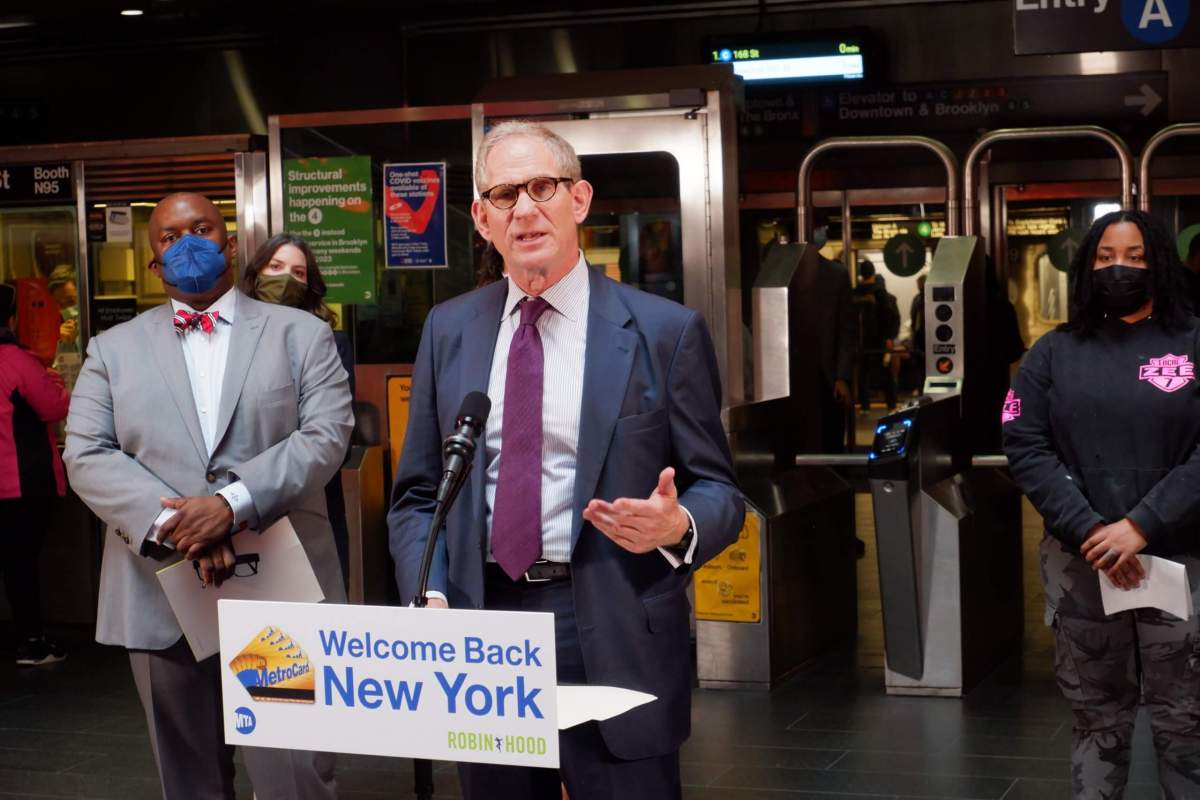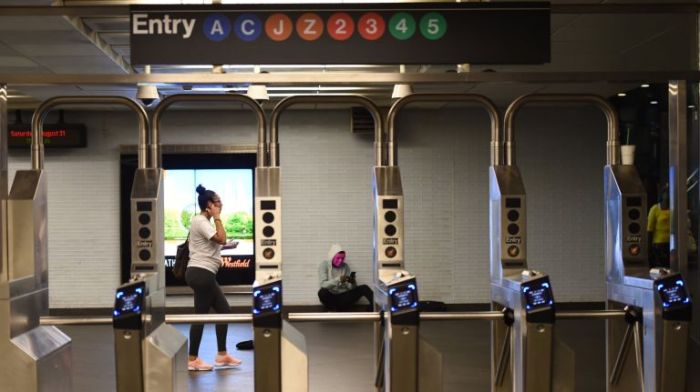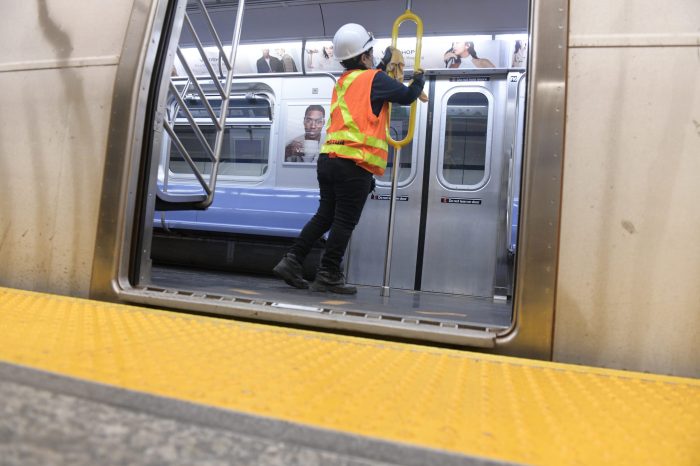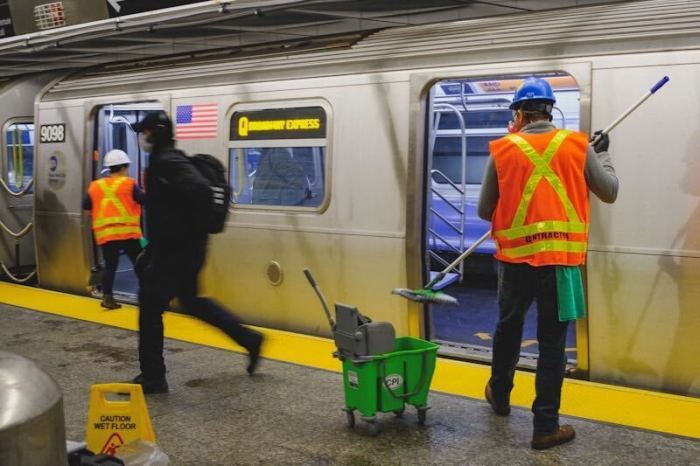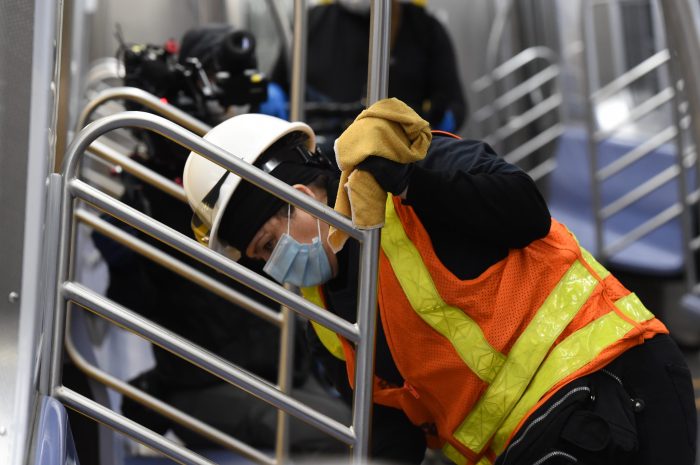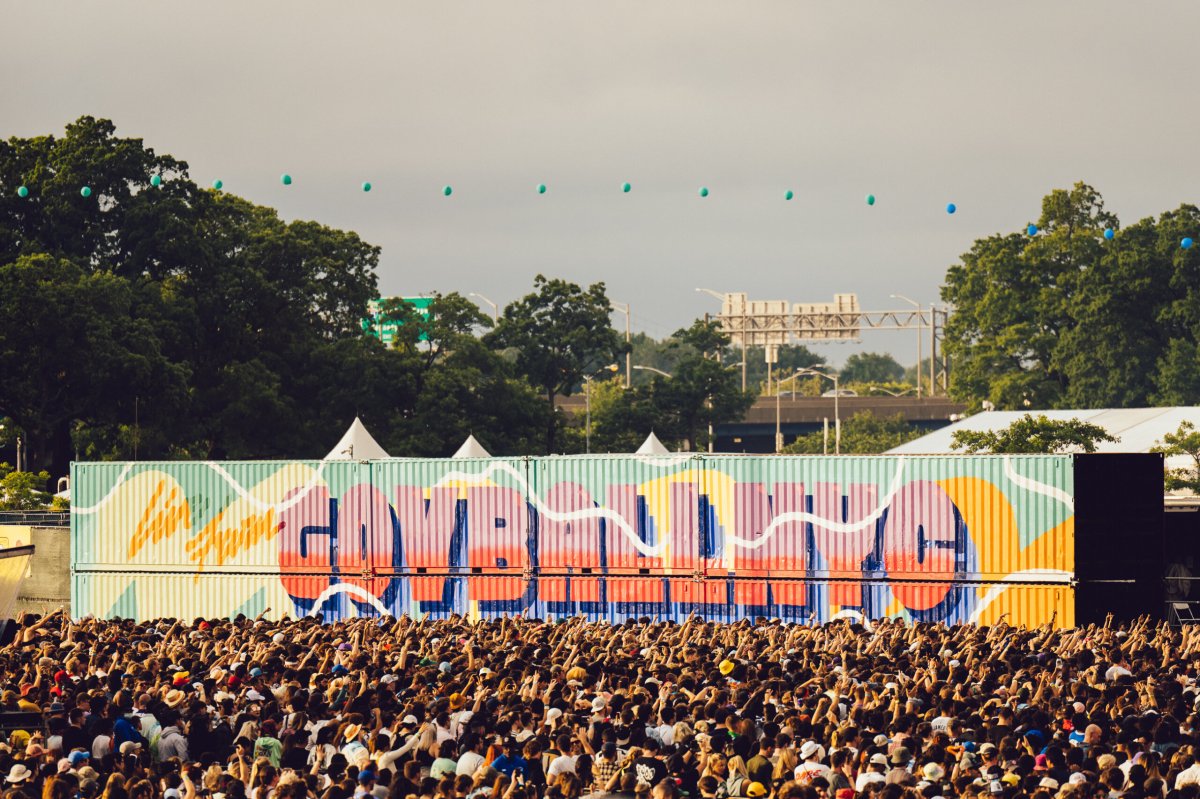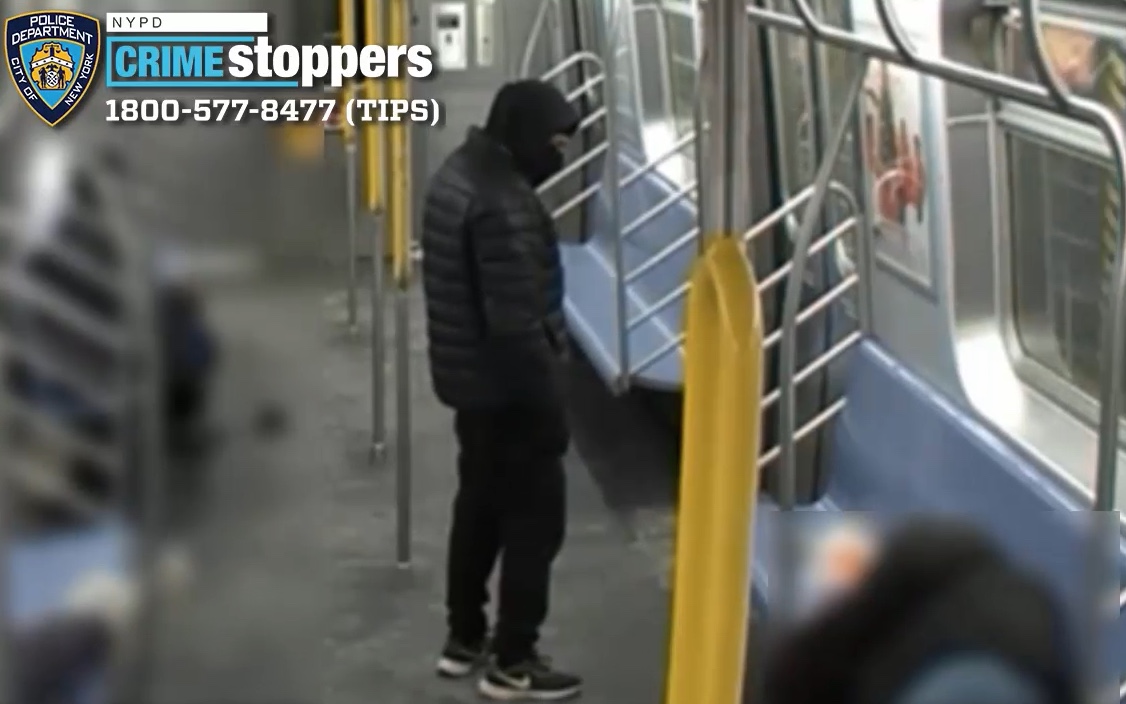The MTA’s chief wants to postpone fare hikes for the entire year thanks to more state funding for the agency and a recent lump sum of federal COVID-19 relief money.
“We are looking at being able to put off any fare increase in 2022,” Metropolitan Transportation Authority acting chairperson and CEO Janno Lieber told three joint state Senate committees during a virtual meeting on Jan. 19.
The agency originally budgeted to increase fares in July, but the transit bigwig said ticket prices could remain steady for the rest of the year thanks to a $336 million bump in state MTA funding as part of Governor Kathy Hochul’s executive budget released Tuesday, and Senate Majority Leader Chuck Schumer’s announcement last week of the arrival of the final $6 billion cash injection from the American Rescue Plan.
Lieber spoke to legislators during his hours-long confirmation hearing to become the permanent head of the MTA after nearly six months in an acting capacity.
Hochul in November postponed a fare hike scheduled for the beginning of 2022 until after the Democratic primary this June, claiming that President Joe Biden’s $1.2 trillion infrastructure bill allowed for the move.
The agency’s latest financial plan from November included fare increases for July 2022, from which MTA hoped to get a $93 million in revenues, followed by more fare and toll hikes in 2023 and 2025.
Lieber’s Wednesday announcement would postpone any fare hikes until after the November general election.
MTA board member Larry Schwartz – a close ally of former Governor Andrew Cuomo — pushed the Authority to hold off on a fare increase for all of 2021 during a July meeting in order to lure riders back to the system.
Lieber on Wednesday used similar reasoning, saying the move will bring back straphangers following a recent setback in ridership due to the surge in COVID-19 cases driven by the Omicron variant.
An outbreak of cases among transit workers also led to six train services to be suspended for the first few weeks of the new year, including the B, Z, and W, the third of which is still out of service.
“Bringing back customers continues to be our single highest priority,” he said. “That means providing the safest — underscore that safest — but also most reliable and most affordable service that the MTA can provide.”



